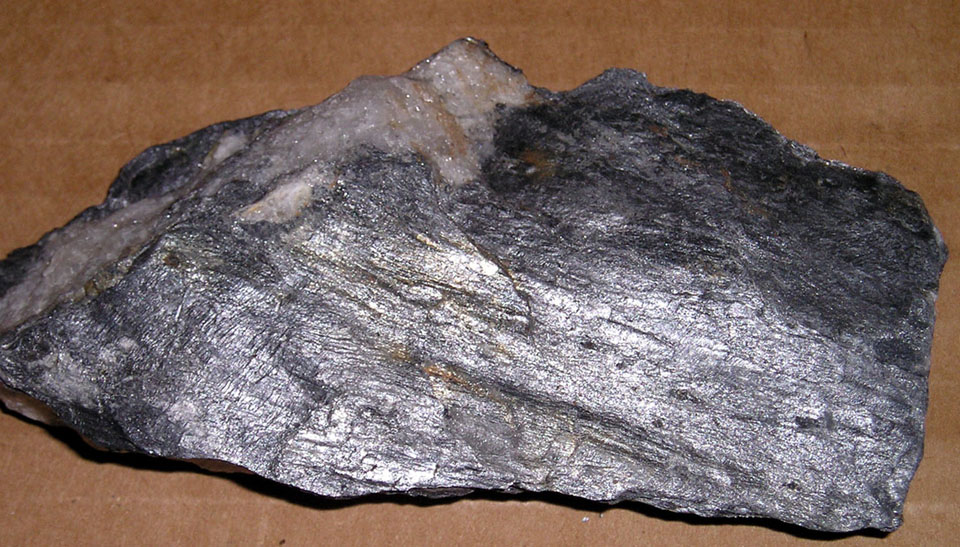Stalactitic botryoidal forms common.
Black flaky mineral in granite.
Plagioclase feldspar 10 a chalky white mineral.
A chalky light brown pink mineral with fine straight parallel cracks running through it.
Fe 2 o 3.
This mica mineral forms shiny flexible flakes that are deep black or brownish black in color.
Basalt the rock above is called basalt.
The charlotte whale skeleton and the mt.
The state mineral is garnet and we have two state fossils of pleistocene age.
Muscovite is a member of the mica mineral group.
Glassy to pearly luster.
Hardness of 2 5 to 3.
Holly mammoth tusk and tooth.
Red grades into yellow gold and brown.
The builders and architects are often wrongly designates all the grain intrusive igneous rocks especially the granodiorite diorite and gabbro by the name granite.
However many beautiful muscovite specimens are found in conjunction with other fine minerals such as quartz tourmaline topaz and beryl.
Color variation is a response to the percent of each mineral found in the sample.
Quartz 30 a very hard glassy light grey or clear and colourless mineral.
Mostly mineral goethite earthy to metallic luster.
Mixture of rust like iron oxides.
Specular hematite variety is composed of fine silvery flakes.
Most common iron mineral.
The same is true of all clear red gemstones like rubies.
The collection below includes both common and unusual rocks found in vermont three state rocks granite marble and slate and talc the state mineral.
Large book crystals occur in pegmatites and it is widespread in other igneous and metamorphic rocks while tiny detrital flakes may be found in dark sandstones.
Hornblende 3 a shiny black mineral.
For more on rocks and minerals visit the photo galleries and the green rocks in vermont page.
The crystals in granite provide a variety of mixed colors feldspar pink or red mica dark brown or black quartz clear pink white or black and amphibole black.
Biotite mica 7 a shiny black flaky mineral that sparkles in the sunlight.
Granite is high in quartz about 25 feldspar and mica.
No but sometimes.
Cambrian black granite also known as cambrian black ice or royal black is quarried in canada and looks solid from a distance but is full of details close up.
Consider the color of a reddish mineral carefully in good lighting.
Biotite muscovite and hornblende are distinguished by flaky black and silver color and black dark green grains prisms characteristics.
It is more important as a rock forming mineral than as a collectible specimen.
While a mineral may show a red highlight that should not determine the overall color.
Most of the minerals that make up this rock are too small to see but there is a concentration of larger crystals on its right side the patch of olive green crystals.
It forms from the cooling of lava at relatively high temperatures around 1200 c.

